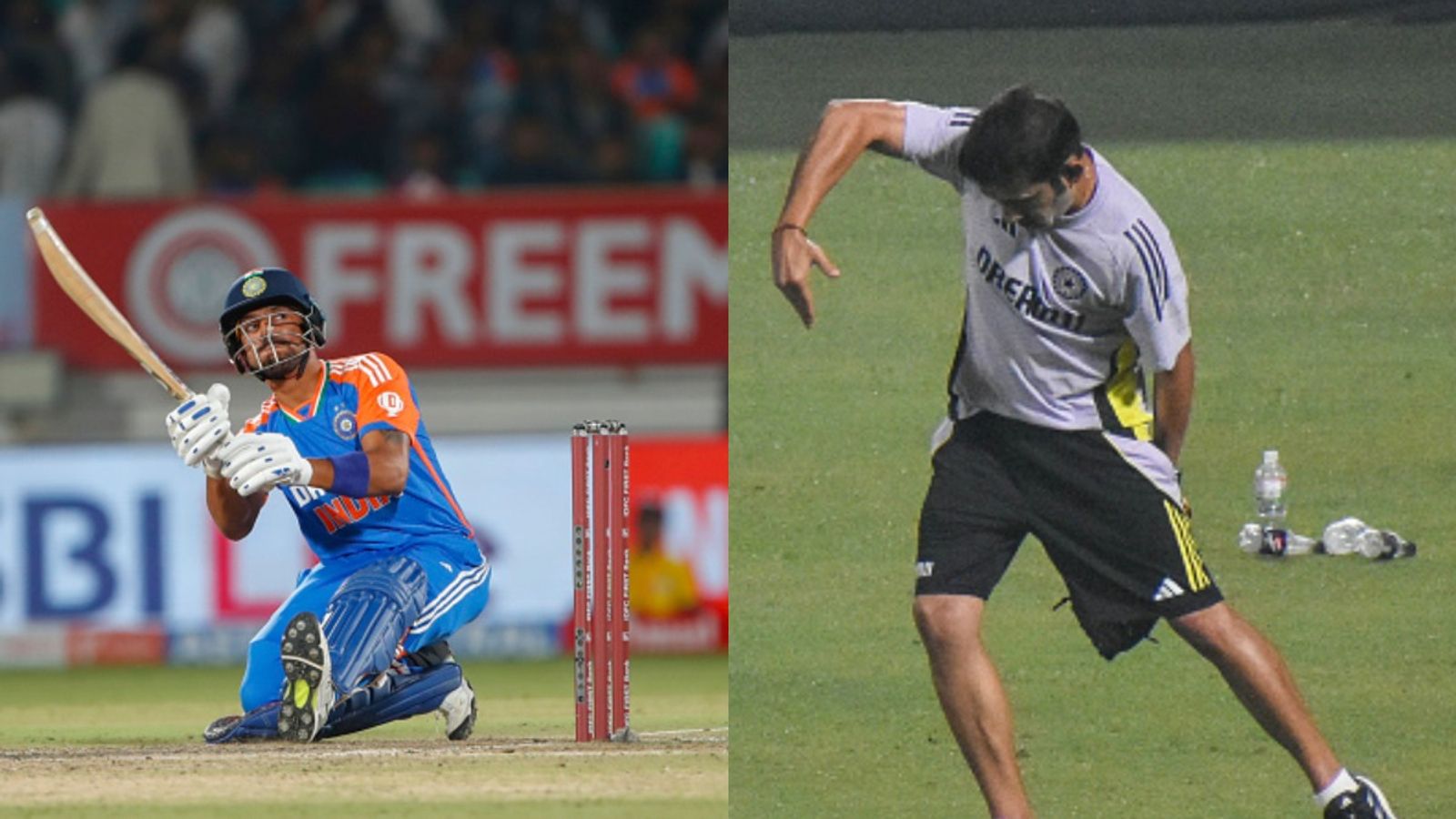Many questioned Dhruv Jurel's batting down the order in the ongoing T20I series between India and England. However, India's assistant coach Ryan Ten Doeschate has now explained head coach Gautam Gambhir's rationale behind Dhruv Jurel's batting order. Gautam Gambhir holds a strong belief in the importance of a deep batting lineup in T20 cricket. According to India's assistant coach Ryan Ten Doeschate, Gambhir's philosophy centers around having at least eight capable batsmen, a principle that is unlikely to change in the near future.
Gautam Gambhir's strategy behind Dhruv Jurel's batting order revealed
India's approach to maintaining a left-right batting combination in their recent T20I against England has drawn some criticism. The decision to send specialist batsman Dhruv Jurel in at number eight, after all-rounders Hardik Pandya, Washington Sundar, and Axar Patel, raised questions about the team's batting order strategy.
"You could argue that we don't want Dhruv Jurel batting at No. 8. But if you look at the blueprint of any of Gambhir's teams since he started coaching T20 cricket, it is a big part of how he likes to set up," Ten Doeschate said in the pre-match press conference ahead of fourth T20I against England which is set to be played on January 31.
Dhruv Jurel's recent performances, scoring 4 and 2 in the second and third T20Is, may lead to him being replaced by the fit-again Rinku Singh. However, the primary point of discussion revolves around the rationale behind Jurel's batting position at number eight. The decision to send him in so late in the order, seemingly solely to preserve the left-right batting combination in the middle order, has raised eyebrows and prompted questions about the team's tactical approach.
"Particularly the other night, like I said, with Dhruv coming in at 8, I don't think we got to see the best of him. But we do believe that it's a big part of our strategy in these games. Again, going back to my point, we want to give guys a long enough opportunity to show how good they are because we believe that, in the medium to long term, they will prove their worth," Doeschate further added.
Following Tilak Varma's dismissal in the eighth over, Washington Sundar, who had been struggling against the English bowlers, was surprisingly sent in to bat ahead of Dhruv Jurel. Sundar's innings was short-lived, managing only six runs off five deliveries before being dismissed by Jamie Overton.
After Sundar's departure, Axar Patel joined Hardik Pandya in the middle, but neither player could significantly alter the course of the game. Axar contributed 15 runs, while Pandya played a 40-run innings before losing his wicket in the penultimate over.
Jurel finally got his chance to bat after Axar's dismissal, but by then, the match had effectively slipped out of India's grasp. The decision to hold Jurel back until so late in the innings has ignited a debate. It will be interesting to see whether Gambhir sticks with his decision to send Jurel at same batting order or end up altering it.


